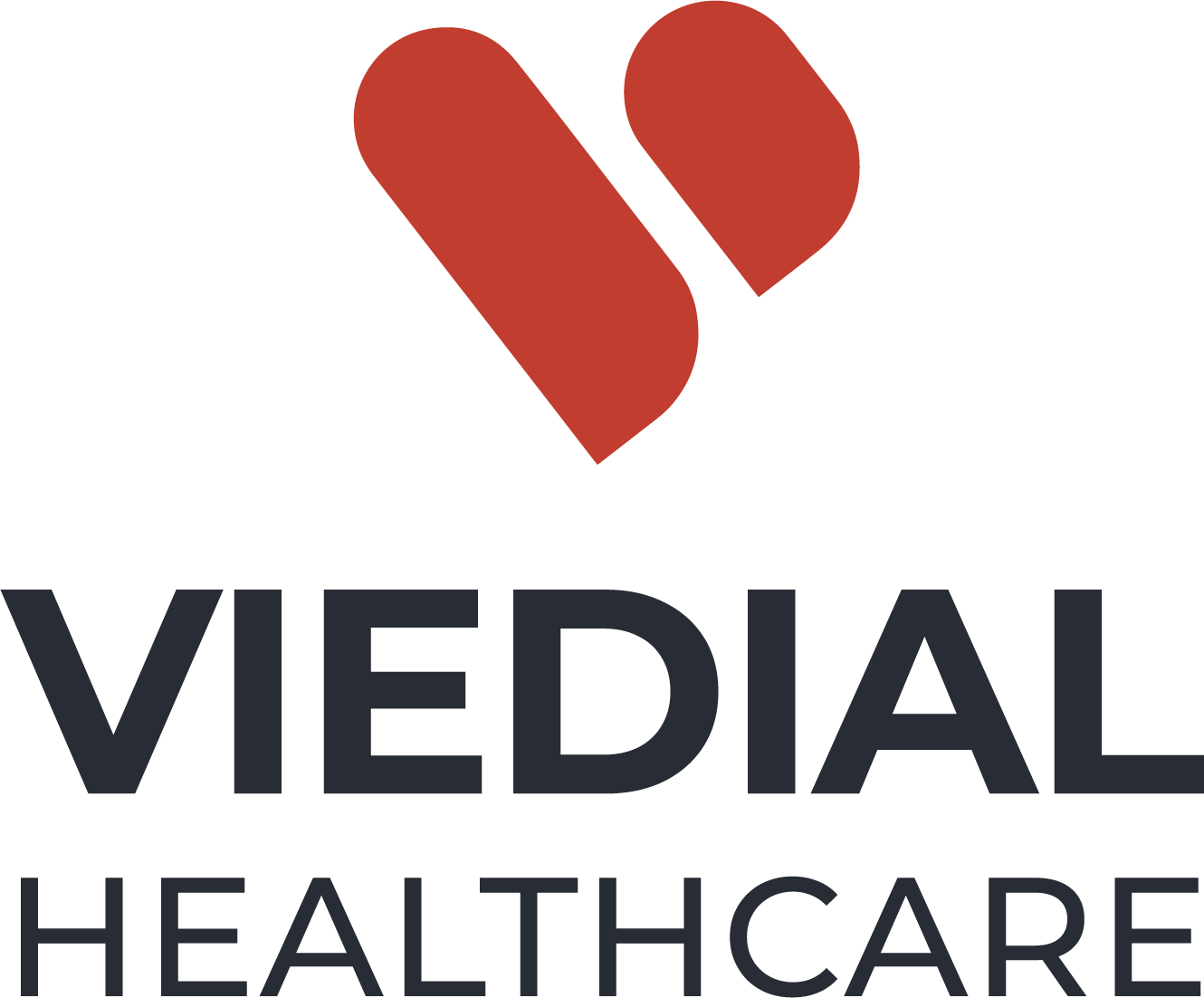Strokes can be devastating, both physically and emotionally. While there are certain risk factors beyond our control, there’s a lot we can do when it comes to prevention. Understanding how to prevent a stroke is pivotal not just for those at high risk, but for everyone aspiring for a life of optimal health. Embracing specific lifestyle changes, complemented with tools like the Viedial app—a comprehensive preventive cardiovascular health solution—can steer us away from the path of strokes and towards a future of wellness.
Understanding and Managing Blood Pressure
High blood pressure, medically termed hypertension, stands prominently as a prime risk factor for strokes. Often labeled the “silent killer,” it gains this notorious moniker due to its ability to inflict significant damage without presenting overt signs. Elevated blood pressure puts immense strain on our blood vessels, especially those in the brain. Over time, this strain can cause weakened vessel walls or even lead to tiny tears. These fragile regions can become sites for clots or ruptures, leading directly to strokes.
Keeping blood pressure in check, therefore, is not just advisable—it’s essential. Regular monitoring becomes the first step in this journey. It’s crucial to understand where you stand and recognize patterns over time. Dietary interventions play a vital role as well. Consuming potassium rich foods, cutting back on sodium, and ensuring adequate hydration are among the cornerstone strategies for blood pressure management. Moreover, managing stress and embracing regular physical activity can also help in keeping blood pressure levels in a healthy range. For those seeking a seamless way to monitor and manage their blood pressure, the Viedial app presents a cardiovascular health solution, facilitating regular tracking and offering insights based on recorded data.
Engage in Regular Physical Activity
When we speak of holistic health, physical activity emerges as a nonnegotiable component. Its significance in preventing strokes cannot be emphasized enough. Exercise enhances the efficiency of the heart, enabling it to pump blood with less effort, which, in turn, lowers the pressure on the arteries, reducing the risk of hypertension. But that’s just the start. Physical activity has a direct influence on other stroke risk factors too. It aids in maintaining a healthy weight, balancing cholesterol levels, and regulating blood sugar, all of which intersect with stroke risks.
The beauty of incorporating physical activity lies in its flexibility. It doesn’t necessitate rigorous gym sessions. Instead, activities like brisk walking, cycling, swimming, or even dancing can be immensely beneficial. What’s paramount is consistency. Aiming for at least 150 minutes of moderate intensity exercise or 75 minutes of high intensity exercise weekly can serve as a guiding benchmark. The cardiovascular system thrives on movement, and by making exercise an integral part of our lifestyle, we not only fortify our defenses against strokes but also enjoy a plethora of other health benefits.
Adopt a Balanced Diet
What we consume directly impacts our vascular health. A diet rich in fruits, vegetables, whole grains, and lean proteins can be pivotal in stroke prevention. Such a diet not only aids in controlling blood pressure but also ensures balanced cholesterol levels and reduces the risk of type 2 diabetes. Conversely, minimizing the intake of saturated fats, trans fats, and sodium can further reduce stroke risks.
Limit Alcohol and Quit Smoking
While moderate alcohol consumption might have some cardiovascular benefits, excessive intake can raise blood pressure, leading to increased stroke risk. Smoking, on the other hand, is unequivocally harmful. Nicotine elevates blood pressure levels, while the carbon monoxide present in cigarette smoke diminishes the blood’s oxygen-carrying capacity. To mitigate stroke risks, ceasing smoking and limiting alcohol intake are crucial proactive measures.
Regular Health Screenings
Routine health checkups can unearth potential risk factors before they become problematic. Regular screenings for blood pressure, cholesterol levels, and diabetes are crucial. Early detection and management of these conditions can drastically reduce the risk of a stroke. Here again, tools like the Viedial app can assist, offering reminders for checkups and enabling the tracking of health metrics over time.
Manage Stress Mindfully
Chronic stress, often overlooked, can contribute to stroke risk indirectly. Prolonged stress can lead to poor habits such as unhealthy eating, smoking, or alcohol consumption. Moreover, stress hormones can cause a temporary spike in blood pressure. Finding healthy ways to manage stress, such as through meditation, deep breathing exercises, or hobbies, can play an instrumental role in maintaining cardiovascular health.
In the quest of understanding how to prevent a stroke, it becomes evident that lifestyle changes are both powerful and necessary. While genetics and age play their roles, our daily habits significantly influence our stroke risk. By integrating regular exercise, a balanced diet, stress management techniques, and routine health screenings into our lives, complemented with the power of the Viedial app—a cutting edge cardiovascular health solution—we can take proactive steps towards a future devoid of stroke risks.




